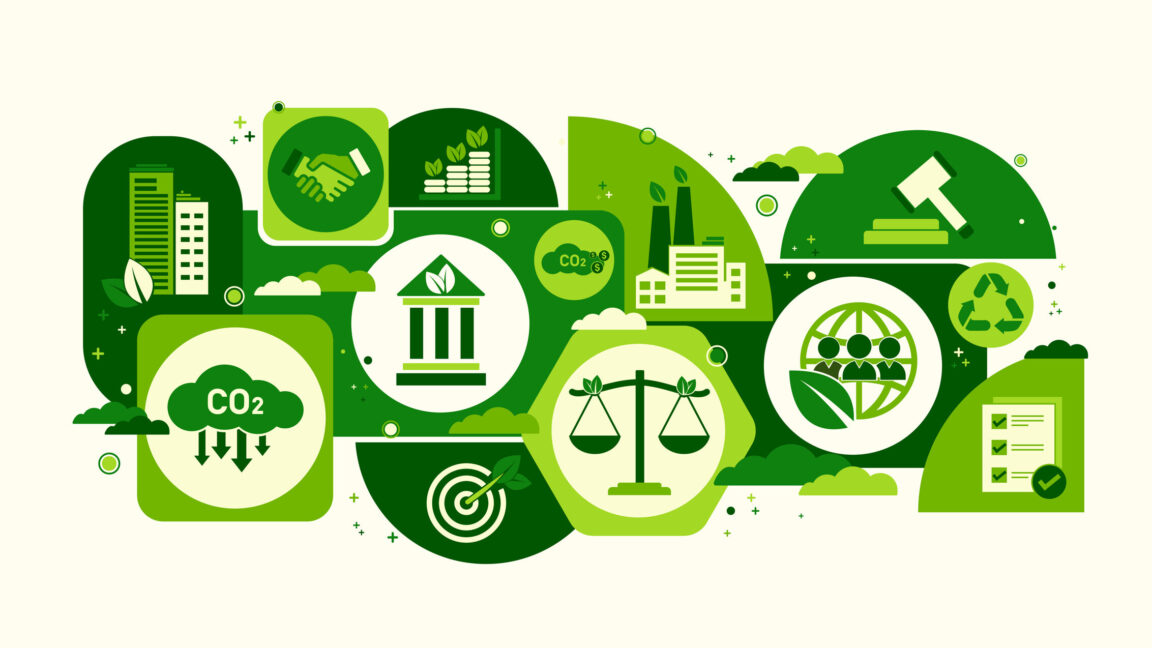Integrating Social Justice Issues in Science Classrooms

It is late May of 2020, the world is in turmoil – COVID-19 had already claimed over 100,000 lives in the United States. I was one of the lucky ones – stuck at home, my husband able to work remotely and our school community working together to try to keep track of how our students were doing as this traumatic school year came to a close. I had a lot of time on my hands.
Then, George Floyd was murdered by police, setting off protests across the globe. The Black Lives Matter movement was not new and I had already spent a lot of time thinking both personally and professionally about how race impacted the lives of those around me, including of course my students.
I wanted to be more intentional about addressing racism in my classroom. I had done a lot of professional development, read a lot of books, but was continually frustrated by the lack of resources for addressing racism in a high school science course. I was already leading my school’s equitable grading committee and I was feeling good about that work and although I knew it would have a big impact on student success in my classroom, it still didn’t address curriculum.
I had changed structures in my classroom to try to make talk more equitable and give all students opportunities to participate in ways that felt authentic to them, but the physics content was still the physics content. I had projects where students had lots of voice and choice, but none of them hit home at a social justice issue of relevance to my students. So many of the professional development providers had ideas for humanities teachers to address our history of systemic racism, some better than others. But as a science teacher I just kept getting told, “make sure you have posters of diverse scientists.” I have the posters, I’ve had the posters! Give me more.
Then, writing started to come to my attention about the link between redlining and the urban heat island effect. The NYT published a large article about it in August of 2020 focusing on work from the researchers at the University of Richmond. Finding more articles about this connection didn’t require much searching. As redlining maps were being digitized and documenting the history of planned racial segregation, researchers were showing that the same urban areas forcedly reserved for people of color were now experiencing the worst burden of rising temperatures via heat island effects.
I thought, this is an issue I could connect to the content I have to teach. My students take a high stakes physics test at the end of the year, so I have a lot of pressure to make everything I do tied very explicitly to the content standards addressed by the exam. Designing a new unit connecting thermal energy content to the urban heat island effect in my local area required a lot of work. Luckily I have amazing colleagues who also found this work interesting, including my colleagues on the Knowles Engineering Leadership Team.
Through lots of collaboration and time, we developed a unit that starts off with students thinking about why extreme heat is a problem. Students still participate in some classic thermal energy unit activities such as investigating the relationship between molecular kinetic energy and temperature. But in addition to that we start looking at disparities in their local community. I work in Lawrence, MA, a dense, urban community surrounded by more affluent neighborhoods of the Boston suburbs. The majority of Lawrence residents are labeled economically disadvantaged while only a small percentage of nearby Andover residents are. I don’t need to give my students these numbers; this is their lived reality.
We then start to dive into data compiled by Groundwork Lawrence. They have clear maps showing the median surface temperatures in Lawrence and surrounding areas during the summer months. Students can quickly start to make connections. I provide students with a brief introduction to redlining. There are many excellent resources about redlining available. We take a look at the direct connection between areas that were redlined and high summer surface temperatures in the neighboring town of Haverhill. We discuss how Haverhill was directly redlined and Lawrence was not, but there were other racist housing policies that led to the stark disparities we see today between Lawrence and neighboring communities.
We then look at more science content using resources about urban heat islands from the EPA. We discuss specific heat capacity and how these properties of materials contribute to cities staying hot during the night.
Throughout these classes, my students are using the engineering design process to help them develop an idea to mitigate the heat island effect in Lawrence. I was impressed by the interest my students showed in these challenging concepts and the honest conversations we had about race, wealth, and equity.
Having done this unit with my students, I’m further convinced that we need more resources for teachers interested in integrating social justice issues into their science classrooms. There are some available, but not nearly enough. All teachers should have access to projects they can use to talk to their students about pressing issues facing the world while also addressing their content standards.
After implementing that unit in my classroom, I took a step back and worked with my Knowles colleagues to think about the kind of support and resources that teachers need to develop engineering design projects for their classroom that address social justice issues. Together we’ve developed a 3-day course on Engineering for Student and Community Empowerment, and we’re continuing to develop units and other teacher resources that help science and math teachers find entry points in their own curriculum. Social justice is not only for the humanities. We see engineering as a way to help students explore real issues in their lives and their communities, and to feel empowered to design a more just world.